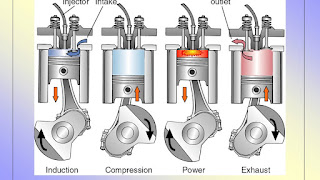Scientists use carbon nanotube technology to develop robust water desalination membranes
"Since more than 97 percent of the water in the world is saline water, reverse osmosis desalination plants for producing fresh water are increasingly important for providing a safe and consistent supply" said Morinobu Endo, Ph.D., corresponding author on the paper. Endo is a distinguished professor of Shinshu University and the Honorary Director of the Institute of Carbon Science and Technology. "Even though reverse osmosis membrane technology has been under development for several decades, new threats like global warming and increasing clean water demand in populated urban centers challenge the conventional water supply systems."
Reverse osmosis membranes typically consist of thin film composite systems, with an active layer of polymer film that restricts undesired substances, such as salt, from passing through a permeable porous substrate. Such membranes can turn seawater into drinkable water, as well as aid in agricultural and landscape irrigation, but they can be costly to operate and spend a large amount of energy.
To meet the demand of potable water at low cost, Endo says more robust membranes capable of withstanding harsh conditions, while remaining chemically stable to tolerate cleaning treatments, are necessary. The key lays in carbon nanotechnology.
Endo is a pioneer of carbon nanotubes synthesis by catalytic chemical vapor deposition. In this research, Endo and his team developed a multi-walled carbon nanotube-polyamide nanocomposite membrane, which is resistant to chlorine -- one of the main cause of degradation or failure cases in reverse osmosis membranes. The added carbon nanotubes create a protective effect that stabilized the linked molecules of the polyamide against chlorine.
"Carbon nanotechnology has been expected to bring benefits, and this is one promising example of the contribution of carbon nanotubes to a very critical application: water purification," Endo said. "Carbon nanotubes and fibers are already superb reinforcements for other applications in materials science and engineering, and this is yet another field where their exceptional properties can be used for improving conventional technologies."
The researchers are working to stabilize and expand the production and processing of multi-walled carbon nanotube-polyamide nanocomposite membranes.
"We are currently working on scaling up our method of synthesis, which, in principle, is based on the same method used to prepare current polyamide membranes," Endo said. He also noted that his team is planning a collaboration to produce commercial membranes
source:sciencedaily









Comments
Post a Comment